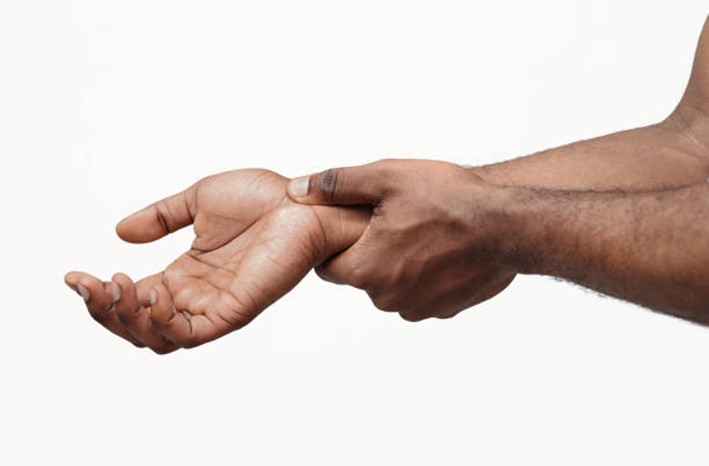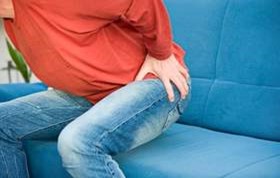
WRIST PAIN
- 2024-07-26 01:09:13

Does your hip hurt with every step you make? Do you pain on prolonged sitting and eventually numbness on your leg? You can’t roll over in bed or lie on you sides due to pain? Your groin and buttocks also hurt?
Hip pain is a common complaint that can present differently depending on the cause. The precise location of your hip pain can provide valuable clues about the underlying cause. Problems within the hip joint tend to result in pain on the inside or outside the hip, your groin, upper thigh, outer buttock or even the lower back. The pain can be worsened by activities like sitting, sleeping, walking and running.
Hip pain can be temporary or long standing.
Causes of hip pain.
The piriformis muscle is a flat, band-like muscle located in the buttocks near the top of the hip joint. This muscle stabilizes the hip joint, lifts and rotates the thigh away from the body. Tension on the muscle can irritate a nerve and cause hip pain.
Signs and symptoms
Treatment
Anyone with pirifomis syndrome will benefit from physiotherapy where they will help in releasing the tension on the piriformis and will give you effective stretching exercises.
The pelvic comprises of three bone segments. The left pelvic half, the right pelvic half and the sacrum.
The pelvic halves are connected to each other along the front of the body forming a circular shape called the pelvic ring which is held together by ligaments. Since the ring is formed by various bone segment and joint, any instability in the joint can cause problems, which is called pelvic instability.
If ligaments are injured or overstretched, the pelvis loses its stability and begins to move excessively with physical activities.
Signs and Symptoms
Treatment
Physical therapist will help you strengthen the ligaments, the surrounding muscles and stabilizing the pelvic. They will also give you (stabilization) exercises to perform at home.
Iliopsoas refers to the joined psoas and the iliacus muscles. The iliopsoas joins to the thigh bone around the groin.
Iliopsoas muscle helps one bend the hip (hip flexion) beyond 90-degree angle.
Tight iliopsoas muscle cause hip and low back pain because they pull the hip forward, causing the low back to extend unnaturally.
Signs and symptoms.
Treatment
Physical therapy will help in releasing tension manually, stretching and strengthening the iliopsoas and all the hip flexors.
Osteoarthritis and rheumatoid arthritis are among the most common causes of hip pain, especially in older adults or people with history of injury. Arthritis leads to inflammation of the hip joint and the breakdown of the cartilage that cushions your hip bones. People with arthritis also feel stiffness and have reduced range of motion in the hip.
The iliotibial band is the thick span of tissue that runs from the outer rim of your pelvis to the outside of your knee.
ITB can easily become inflamed if you overuse it or participate in strenuous activities. This is the most common causes of tendinitis at the hip joint, especially in runners.